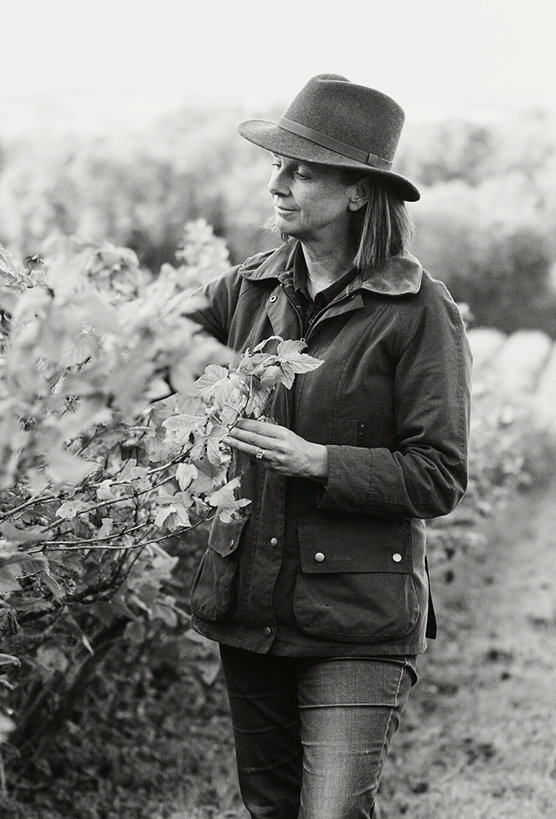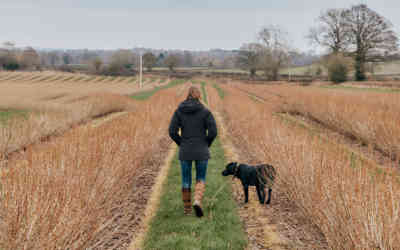Women in Agriculture

Fourth-generation blackcurrant grower and chairperson of the Blackcurrant Foundation, Jo Hilditch has grown blackcurrants herself since the early 90s. However, blackcurrants have been growing on her family farm since the 1800s and has been commercially grown for Ribena since just after the war.
Seven different blackcurrant varieties grow on Jo’s farm, all of which have been carefully developed by the John Hutton Institute to bring the agronomic properties to the berries (including yield, bush habit and disease resistance), to improve the flavour for the end product (Ribena) and to spread the harvest period over around six weeks in July and August.
Across Jo’s journey as a blackcurrant grower and within agriculture as a whole, she has found that the most challenging part of her role to date is being a woman in a very masculine environment – although, this is finally starting to change. Where 10 years ago the percentage of women in agriculture was very low, at less than 5%, currently this figure is approaching 30%. Women’s voices are being heard and Jo feels it is not all about strength and endurance, more about an organised and pragmatic approach.
With the NFU being led currently by a woman (Minette Batters) and other prominent positions held by women as well, Jo is sure that women have already shown what a strong voice they have. Jo believes it is about balance – “we need women and men in the industry – both have equally good and different necessary qualities but undoubtedly as more women find their place in agriculture this equilibrium will be redressed and this is all for the good. It is as important that we have a diverse group of young people entering the industry of both, as ensuring that the female voice is heard”.
As well as a successful grower of blackcurrants, Jo is the mastermind behind the famous blackcurrant liqueur, British Cassis, which has been an international hit in the luxury beverage market, gaining recognition for its unique and exciting taste. Jo spent her French exchange in the countryside near Reims, where the drink of choice was a simple Kir (white wine and Creme de Cassis). With nobody in the UK producing anything similar and when confronted with a huge surplus of blackcurrants in 2006, making a British version of this French staple seemed like the only sensible option.
As years have gone by, the development of technology has changed the way that Jo is able to manage her crops, with most processed being controlled with the touch of a button. However, the need for a brisk walk around the fields is still necessary to visually inspect the bushes, understand how they are growing and what pest and diseases have arisen. The use of technology allows blackcurrant growers to constantly improve efficiencies wherever and however they can. Through using tools in soil testing and land mapping as well as robotic tractors, they are able to use variable-rate fertiliser spreaders and send the tractor out to do some basic mowing jobs. This reduces labour cost as well as the cost of crop protection materials.
YOU MAY ALSO WANT TO READ
A Year in Recipes
Hello December! As the year comes to an end, we like to reminisce by rediscovering our favourite purple berry recipes! As we slow down for the festive season, it gives us the time to try that recipe we've had our eye on or discover a new firm favourite. From crisp,...
Rosie’s Diary 2021: Part 5
Last month, we were greeted with the cooler autumnal weather and darker evenings. The harvest may well be over, but we are still very busy here on the farm. We have just finished directly drilling oats and beans into the blackcurrant alleyways. This is our first...
A Berry Merry Christmas
It’s the season of cosy blankets, decadent hot chocolates and Christmas movies. As we nestle down for the Christmas period, we often find ourselves looking for those winter warmer meals and festive snacks. Our favourite tasty purple berries make for some of the most...




